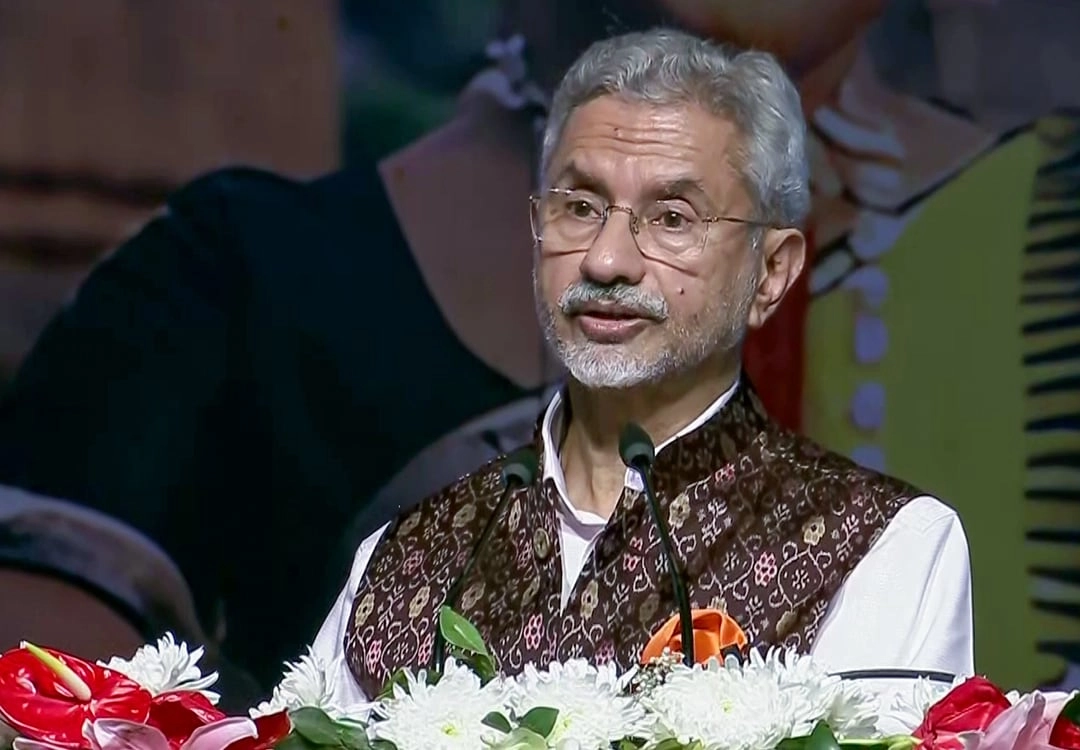The introduction of the Goods and Services Tax (GST) in India marked a significant turning point in the country’s taxation system, transforming the landscape of indirect taxes. However, the journey toward this monumental reform was not without its challenges, particularly in convincing opposition-ruled states to come on board. The initial reluctance stemmed from concerns over revenue loss and the potential erosion of state autonomy in tax matters. States governed by opposition parties were particularly skeptical, fearing that the central government would disproportionately benefit from the GST framework at their expense.
To address these concerns, a series of strategic discussions and negotiations took place between the central government and the dissenting states. Key stakeholders, including finance ministers and bureaucrats, engaged in dialogues to clarify the benefits of GST. They highlighted how the new tax regime would not only simplify the tax structure but also enhance overall revenue through improved compliance and reduced tax evasion. Additionally, the promise of compensation for any potential revenue loss for the first five years was a crucial factor in assuaging fears. The central government assured states that they would receive a predetermined percentage of their revenue, creating a safety net that allowed them to embrace the reform more confidently.
Moreover, the government organized workshops and seminars to educate state officials about the intricacies of GST and its long-term benefits. These initiatives played a pivotal role in building trust and fostering a collaborative environment. The collective understanding that a unified tax structure would facilitate smoother interstate commerce and ultimately contribute to economic growth was instrumental in changing the narrative. As states began to see the potential advantages of a more streamlined tax system, their resistance gradually waned, paving the way for broader acceptance.
The culmination of these efforts was evident during the GST Council meetings, where consensus was key to finalizing the reform. The council, composed of representatives from both the central and state governments, became a platform for addressing grievances and ensuring that all voices were heard. The ability to negotiate and compromise on various aspects of the GST framework was crucial in achieving a landmark agreement that would benefit the entire nation. Today, the successful implementation of GST stands as a testament to the power of dialogue and collaboration in overcoming political differences and achieving a common goal. The story of how opposition-ruled states were convinced is not just about taxation; it reflects a broader narrative of cooperation and shared vision for India’s economic future.




